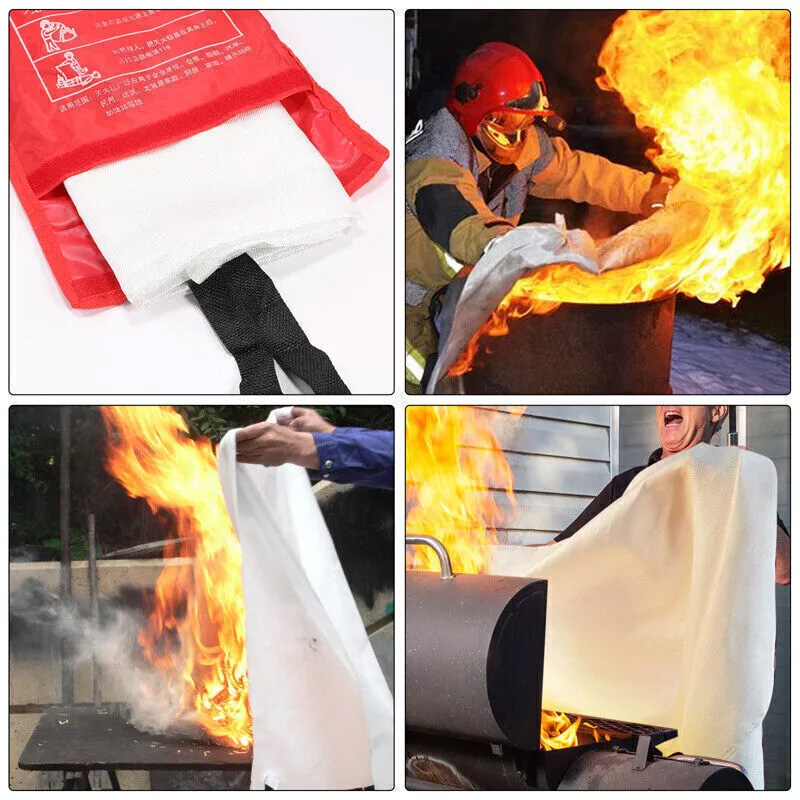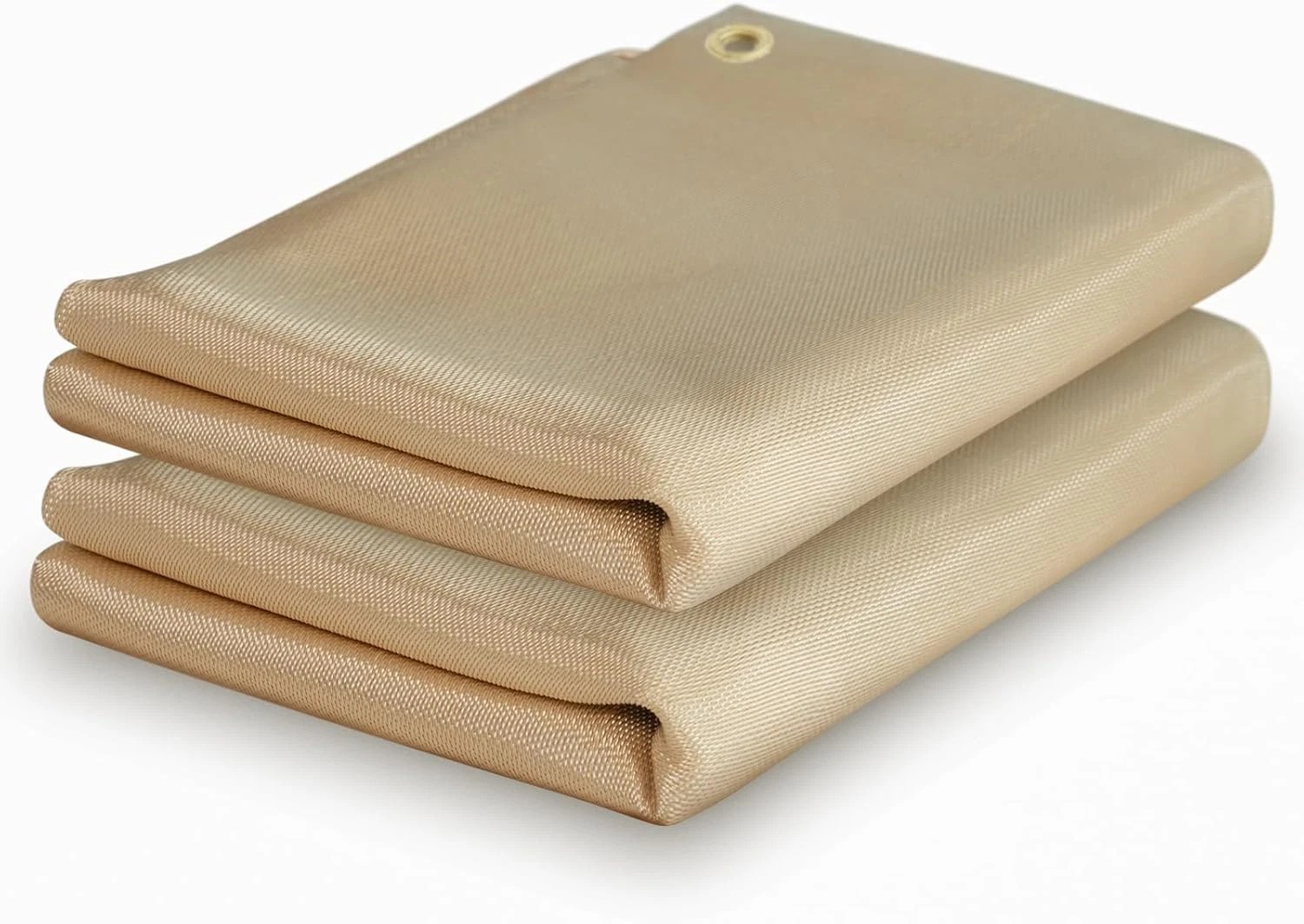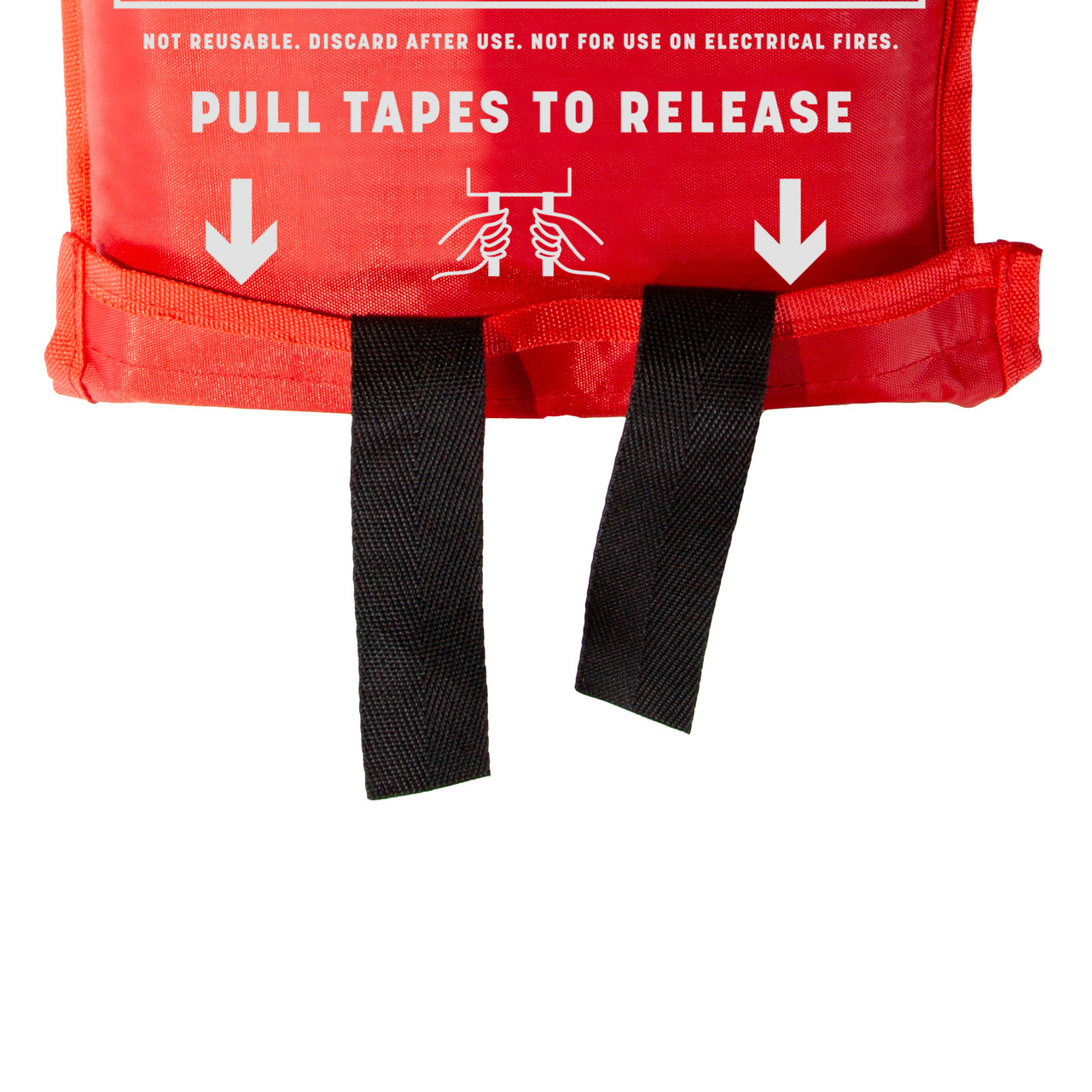Asbestos Fire Blanket Safety Guide: Uses, Risks & Modern Alternatives
Summary:Asbestos fire blankets were once common for fire protection but pose health risks. This guide explains their historical use, safety concerns, proper handling, and safer modern alternatives you should consider instead.
What Is an Asbestos Fire Blanket?
An asbestos fire blanket is a safety device made from woven asbestos fibers designed to smother small fires or wrap around people during evacuations. Before the 1980s, these blankets were widely used in homes, laboratories, and industrial settings because asbestos resists extremely high temperatures (up to 1,000°C).
Why Were Asbestos Fire Blankets Popular?
You might find old asbestos fire blankets in older buildings because they had three key advantages:
- Heat resistance:Asbestos fibers don't burn or conduct heat
- Durability:The material lasts decades without degrading
- Low cost:Asbestos was cheap and readily available
The Health Risks You Should Know

Modern science shows asbestos exposure causes serious health problems:
- Lung damage:Inhaled fibers scar lung tissue (asbestosis)
- Cancer risk:Linked to mesothelioma and lung cancer
- Delayed symptoms:Diseases may appear 20-50 years after exposure
Damaged or worn asbestos fire blankets release microscopic fibers into the air you breathe. Even undisturbed blankets can shed fibers during handling.
How to Identify an Asbestos Fire Blanket
Look for these signs if you suspect you have one:
- Manufactured before 1990 (check labels)
- Grayish-white fibrous material
- Often marked "asbestos" or with older safety logos
- Thicker and heavier than modern fiberglass blankets
Safe Handling Procedures
If you must handle an asbestos fire blanket:
- Wear PPE (respirator, gloves, disposable coveralls)
- Keep it damp to prevent fiber release
- Place it in sealed asbestos waste bags
- Contact licensed asbestos removal professionals
Never attempt to clean, cut, or reuse an asbestos fire blanket.
Modern Alternatives to Asbestos Fire Blankets
Today's safer options provide equal or better protection:
| Material | Max Temperature | Advantages |
|---|---|---|
| Fiberglass | 540°C (1,000°F) | Non-toxic, affordable, widely available |
| Silica | 1,200°C (2,200°F) | Higher heat resistance, lightweight |
| Ceramic | 1,600°C (2,900°F) | Best for extreme industrial use |
Proper Disposal of Old Asbestos Fire Blankets
You must follow special procedures because asbestos is regulated hazardous waste:
- Don't dispose with regular trash
- Contact local environmental agencies for approved facilities
- Expect disposal costs of $50-$150 per blanket
- Get documentation proving proper disposal
When Might You Encounter These Blankets Today?
You could still find asbestos fire blankets in:
- Old school science labs
- Vintage industrial facilities
- Grandfathered marine applications
- Military surplus equipment
Key Takeaways for Your Safety
- Asbestos fire blankets are outdated and dangerous
- Never use them - modern alternatives exist
- Professional handling is essential
- Proper disposal protects everyone's health







